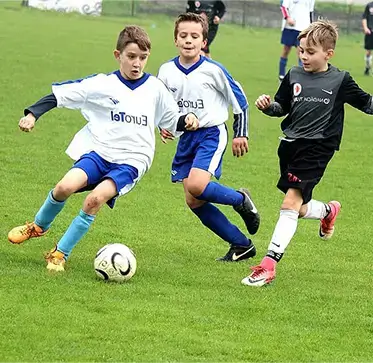CRFC BLOGS
LATEST BLOGS & NEWSLETTERS
Mastering the Soccer Midfield Defending Drills for Youth Teams
In youth soccer, the development of tactical awareness is as crucial as honing technical skills. A key aspect of this tactical development is understanding and utilizing the soccer midline defending for effective transitions and defensive organization. Unfortunately, many youth teams struggle with this concept, leading to disorganized play and missed opportunities during matches. To address this, incorporating specific soccer midfield defending drills that emphasize the importance of midline and offside awareness can dramatically improve a team’s cohesion and tactical acumen. Here are two simple yet transformative steps to integrate into your practice sessions.
1. Implementing a Midfield and Offside Rule in Scrimmages
First and foremost, every scrimmage should clearly define a midfield area and enforce offside rules for the majority of the playtime. This approach serves multiple purposes:
Teaching the Benefit of Holding a Line:
The midfield line acts as an additional soccer middle defender, a concept that players need to grasp to effectively compress the space available to their opponents. By utilizing offside soccer rules, players learn to coordinate their movements, maintaining a compact formation that can transition quickly from defense to attack.
Role of the Coach:
The coach should actively make all offside calls during these scrimmages. This not only ensures the rule is consistently applied but also provides immediate feedback to players, helping them understand and adjust their middle defensive soccer positioning in real-time.
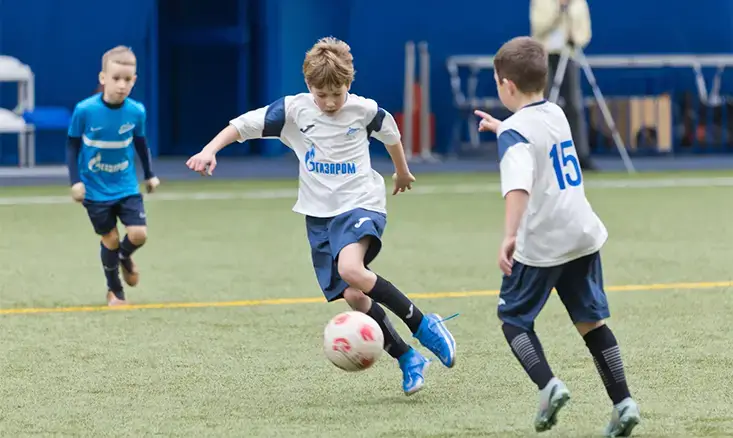
2. Reinforcing Forward Movement for All Players
A common issue in youth games is the tendency for defenders or midfielders to lag behind the play, either due to hesitation or a misunderstanding of their role in attacking movements. To counter this, a simple rule can be applied during scrimmages:
Scoring Conditions
For a goal to count, all players must be within the attacking half of the field. This rule emphasizes the importance of collective forward movement and discourages players from hanging back unnecessarily.
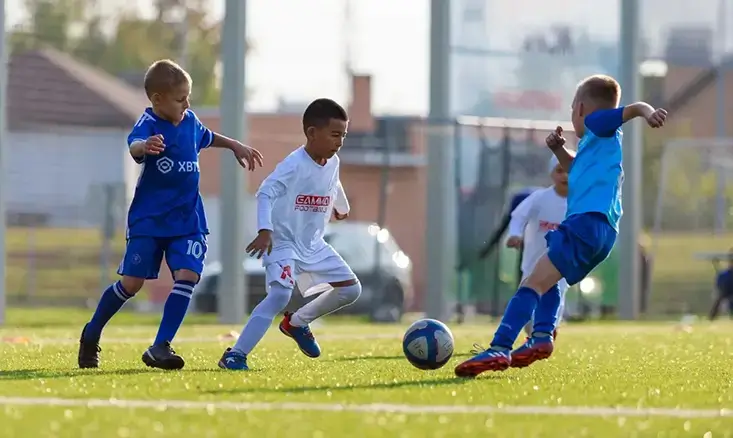
This drill reinforces several key concepts:
Collective Responsibility
It teaches that attacking and defending in soccer are team efforts, requiring synchronized movement and support.
Pressure Application
By having all players push forward, it naturally applies pressure on the opposing team, limiting their space and options for a counter-attack.
Defensive Awareness
Players learn that the midline is a strategic ally, helping them understand spatial awareness and the importance of transition.
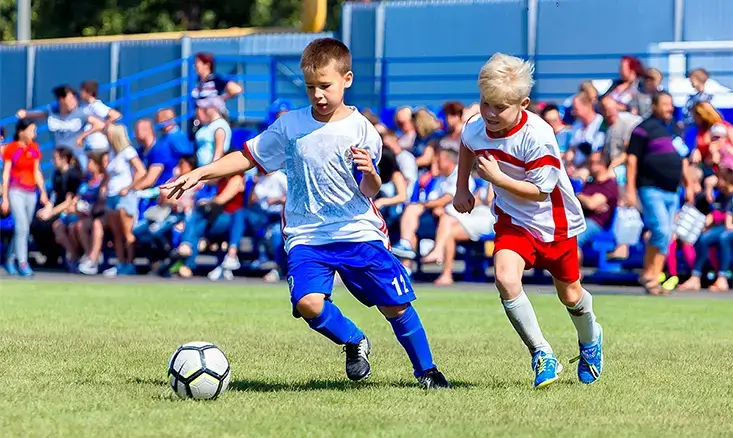
The Rationale Behind These Drills
The rationale for these soccer midfield defending drills stems from a common observation: youth players often fail to apply theoretical knowledge from practice in actual game situations. This discrepancy is not due to a lack of understanding but rather a lack of repetition and situational training in soccer middle defense, midfield 3 defending, and soccer defensive shifting. Simply put, players need to experience these scenarios repeatedly to instinctively recognize and react during matches. Instructions yelled from the sidelines under the pressure of a game rarely translate into immediate action if the players have not internalized these movements through practice.
Improving Offside Awareness Through Targeted Practice
As an added benefit, the offensive players learn what offsides mean in the context of gameplay. The players start to curve their runs rather than straight run into offside positions. They also can’t straggle in offside positions and move back onside. This is now offside. Players run offside 3, 4, and 5 times a game because they are not being coached correctly. If the players knew they would not do it. Yelling and throwing of the arm in the air is not the solution. Practice is.
Transition and Positional Discipline in Soccer Training
Furthermore, setting clear expectations for all players to advance beyond the midline reinforces the notion that clearing the ball is not the culmination of their duty. Transitioning effectively to the midline and beyond is crucial for sustaining pressure and securing defensive organization. By integrating these drills into practice sessions and camps, players will learn that their collective effort in transitioning and maintaining positional discipline can significantly impact the game’s outcome.
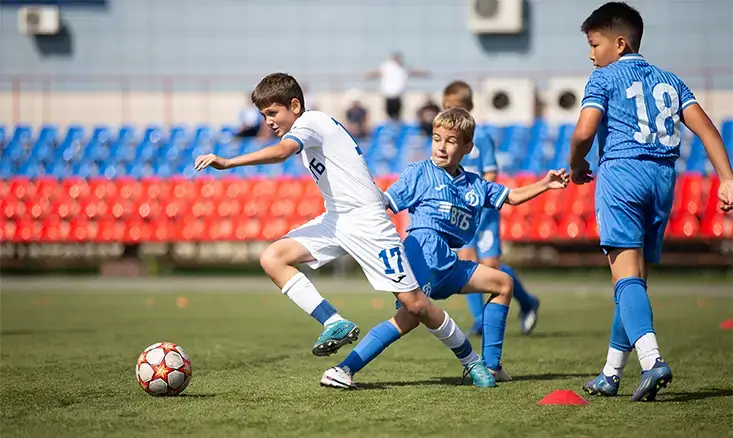
Conclusion
Incorporating these simple steps into your training regimen can swiftly enhance your team’s tactical performance, particularly in utilizing the midline effectively. These drills not only foster a better understanding of spatial dynamics and offside rules but also encourage a team-oriented approach to both defending and attacking. The emphasis on repetition and situational learning ensures that these concepts become second nature to the players, enabling them to execute these strategies under the dynamic conditions of a match. By setting clear expectations and providing the tools for understanding through practice, youth soccer coaches can significantly elevate their teams’ tactical awareness and cohesion.
FAQs
What does a defensive midfielder do in soccer?
A defensive midfielder serves as a crucial link between defense and offense, primarily responsible for breaking up opposition plays and providing cover to defenders. They act as a shield in front of the backline, helping to maintain the team’s structure by controlling the space around the midfield.
How is midfield 3 defending important in youth soccer?
Midfield 3 defending involves three players working together to control the central area of the pitch, teaching young players to collaborate effectively. This setup enhances their ability to compress space, making it difficult for opponents to penetrate, and fosters better defensive organization.
What is soccer defensive shifting and why is it important?
Soccer defensive shifting is the coordinated movement of players in response to the ball’s location on the field. This strategy is vital for maintaining a solid defensive structure and ensuring that the team adapts to various attacking scenarios, thus preventing gaps and reducing scoring opportunities for the opposition.
Can you explain the role of a soccer middle defender?
A soccer middle defender plays centrally in the defensive line and is key in intercepting passes, tackling opponents, and organizing the defense. Their strategic positioning allows them to effectively guide the defensive shifts and communicate with midfielders to control the game’s tempo.
What skills should a player in the middle defense soccer position develop?
Players in middle defense positions should focus on developing strong spatial awareness, tactical understanding, and communication skills. These abilities enable them to make crucial interceptions and initiate defensive shifts that protect their team against attacks and facilitate smooth transitions to offense.

Did you find this useful?


